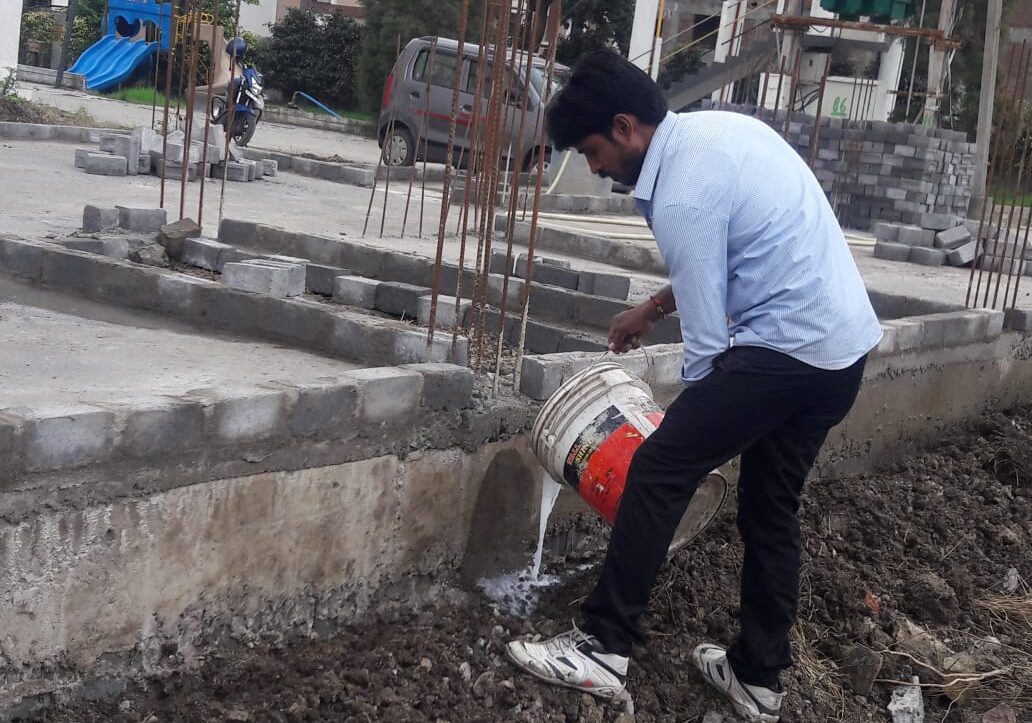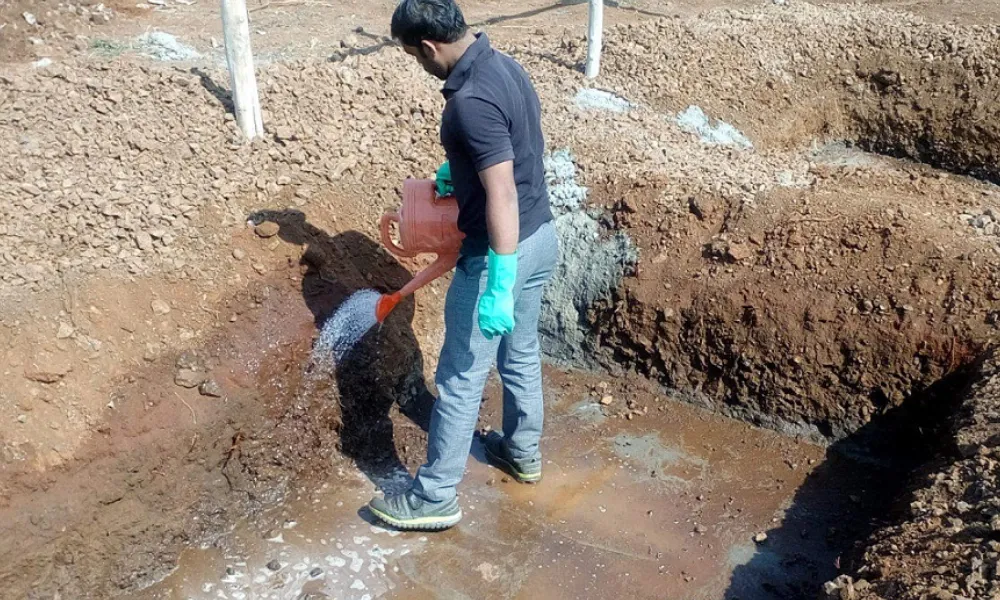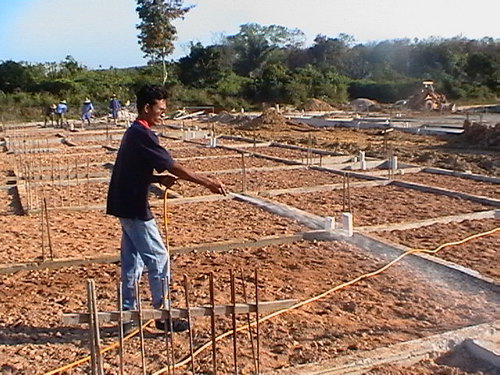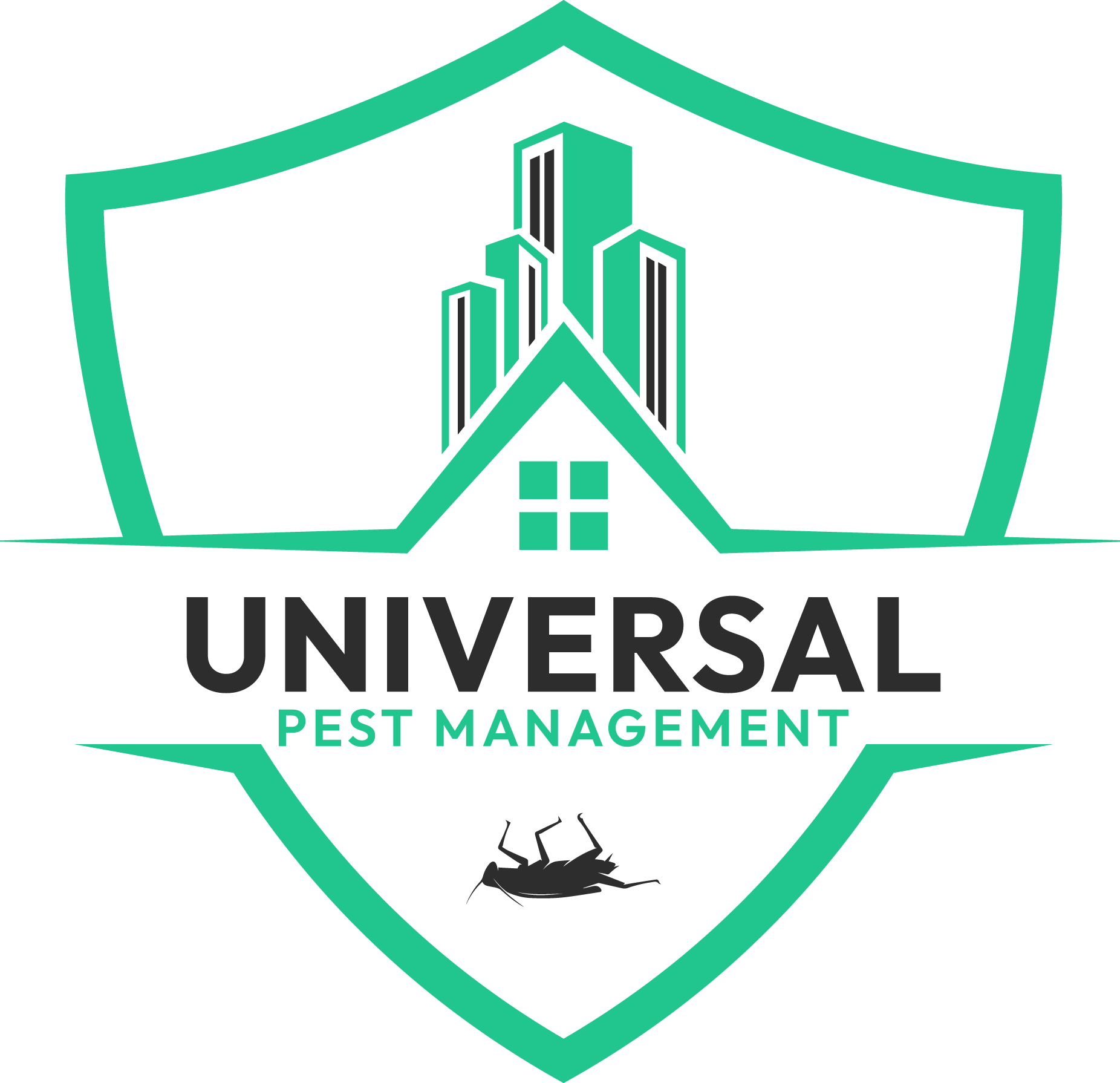
Household assets like furniture, clothing, stationary, wood products, other organic materials, and cellulosic materials like wood are the most damaged by termites in significant quantities. In their search of food, termites are also known to harm non-cellulosic materials like rubber, leather, plastic, neoprene, and lead coating used to cover underground cables. Due to the extensive damage caused by termites and the expensive cost of construction, it is necessary to take appropriate precautions to prevent termites from entering buildings.
There are two types of termite’s basis on their habits
- Termites that build their nests underground in soil are known as subterranean termites or ground nesting termites. These termites typically move through small gaps and brick walls in search of food. Subterranean termites are the most harmful termites and are mostly to blame for the harm done to buildings. They often build their nests or colonies underground, close to the earth, in stumps or other suitable pieces of wood. Some species may also build mounds with conical or dome shapes.
These colonies may last for a long time and eventually contain populations that number in the millions. Subterranean termites attack from their home, but they can get to wood that is on the ground or buried by using materials like these, independent free-standing mud structures, or shelter tubes built inside the nest. The building and its contents will be protected by a chemical barrier that keeps termites from getting to the building's superstructure. A useful preventive measure that is gaining popularity around the globe is treating the soil around the building's foundation and beneath it with a soil termiticide.
The goal of this treatment is to establish a chemical barrier between the woodwork, cellulosic materials, and other contents of the structures or residences that could serve as a food source for termites and the earth from wherever they emerge. The building structure or home structure may be made out of wood that has been properly dried and has a naturally sturdy heartwood. However, to protect against the attack of drywood termites, non-durable wood and sapwood of all timbers should be treated.
- Non-Subterranean or Wood Nesting Termites: These termite types don't come into touch with the floor.
Process for Pre-Construction Treatment of Termites
Household assets like furniture, clothing, stationary, wood products, other organic materials, and cellulosic materials like wood are the most damaged by termites in significant quantities. In their search of food, termites are also known to harm non-cellulosic materials like rubber, leather, plastic, neoprene, and lead coating used to cover underground cables. Due to the extensive damage caused by termites and the expensive cost of construction, it is necessary to take appropriate precautions to prevent termites from entering buildings.
Step 1:
Treating the building's foundation with approved chemicals and termiticides. Termites typically infiltrate buildings through the walls and foundations first. Therefore, anti-termite treatments should be applied to the foundation and vertical surfaces first. There are multiple ways to do this.
- Applying a termiticide chemical spray to the excavation's bottom surface.
- Applying a termiticide chemical spray to the building's substructure.
- Applying a termiticide chemical spray before installing flooring.
Step 2:
Anti-termite treatment of the backfilled soil.
Step 3:
Treatment for termites prior to PCC.
Step 4:
Treatment for termites on soling/consolidated dirt.
Step 5:
Anti-termite treatment on the building's exterior.


